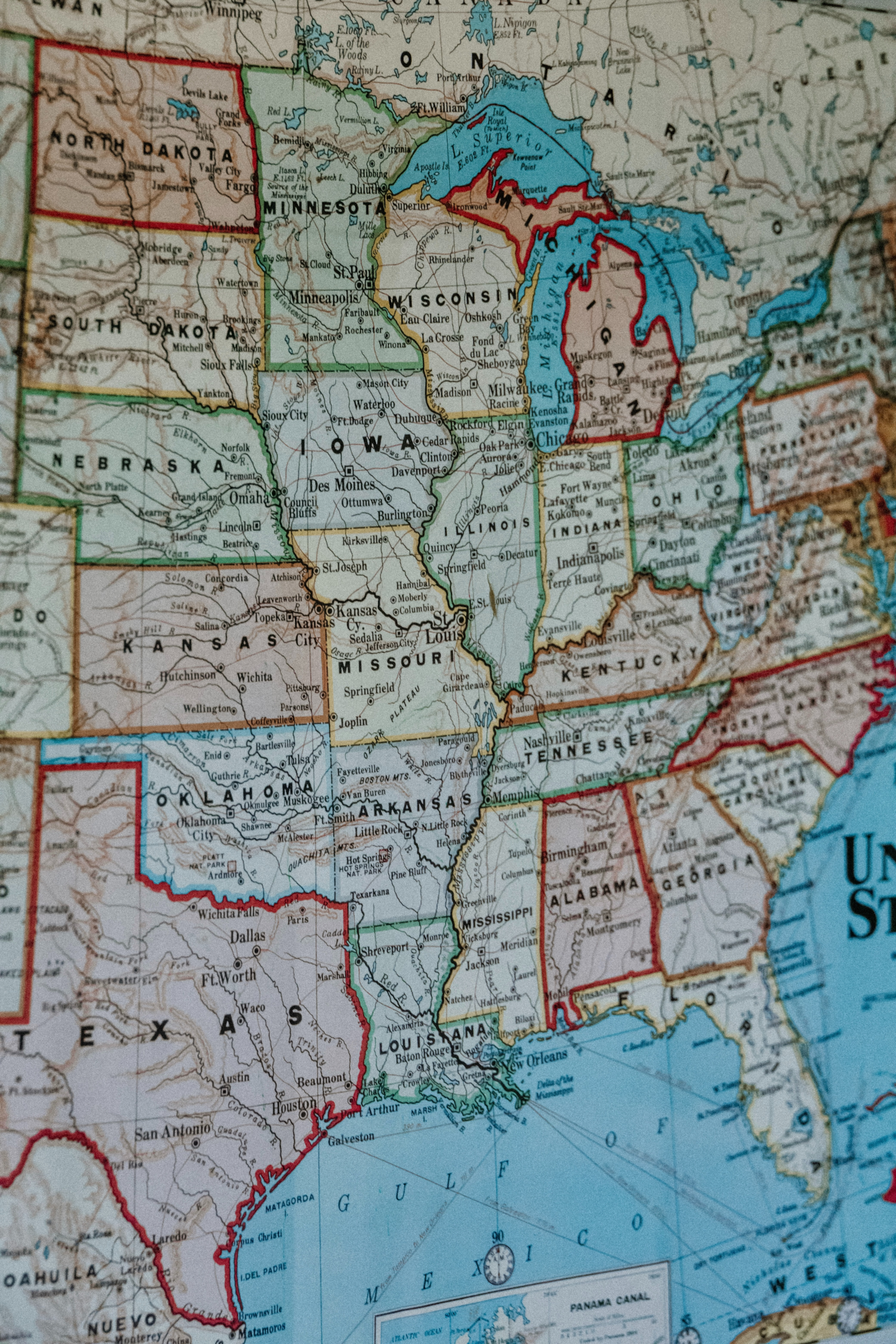Maps come in a wide variety and are typically categorized based on what they are meant to depict. It should be noted, nevertheless, that there are numerous approaches of interpreting the various kinds of maps. One widely held opinion is that there are two primary categories of maps: those (topographic and general reference maps) that summarize the actual terrain; and those that comment on or depict individual elements while employing the environment as a backdrop or context. We have chosen to employ more map kinds in order to make defining functionally quite distinct maps easier and to clarify what can be perplexing differences. To learn more about these subjects: (also known as planimetric maps) Generally Speaking Geological maps. Types of mapping are really various, you just need to know how to use them.
Map Information
All of the maps mentioned above have a set of criteria that govern how they are created and what they depict in common. An example of this is a specification. More information about SpecificationInformation on assumptions, restrictions, and information sources should also be included in the specification. This is referred regarded as “metadata” and is a valuable tool for map readers. More information on metadata. This might be fairly easy for a single, standalone map (like a map of a resort for tourists). On the other hand, since it’s crucial that each map in a series has a consistent “look and feel,” the specification for series maps is likely to be extremely extensive.
Widespread Application Suitable for Any Situation
A standard road map, similar to a general reference map, shows main routes and landmarks and typically includes water features such as lakes and rivers. We are unable to think of many other examples that could do a better job of guiding you to your destination than HERE maps; not only are they clear and easy to use, but they also include information about local streets and attractions.
Topographical mapping
When compared to other types of maps, topographical maps stand out due to their inclusion of precise elevation data as well as the use of contour lines to accurately depict the area. Ordinance You can still figure out your exact position by following the contours and inspecting the landscape around you, and survey maps are without a doubt the most well-known type of topographic map. Even if you can’t see specific landmarks like lakes or highways, you can still figure out your exact position by following the contours.
Thematic
The purpose of a thematic map is not to provide a comprehensive map of the area or to direct you to a particular location; rather, its intention is to focus attention on a certain subject matter region. The migration patterns of whales have been mapped using thematic approaches, but these approaches may also be based on geology, population density, or even the weather. Businesses, governments, and other organizations all across the world may benefit from the decisions that are better informed thanks to the work of companies like Esri, who create themed maps that combine geography with information such as our smart traffic services. The understanding of thematic maps may need more specialized knowledge than that of standard reference maps.
Maritime Diagrams
When traveling by water or air, normal reference maps and topographical maps are not nearly as necessary as navigational charts, which are used for navigating. “Charts” is the more common term for aviation navigation maps in the same way that “charts” is the more common name for nautical maps. On maps, one can frequently see depictions of submerged rocks and other elements in and around the water, in addition to any special navigational aids.
The Detailed Plans and Maps Compiled by Cadaster
Due to the greater level of information that they include, cadastral maps are not particularly commonly utilized despite their widespread use. Individual properties, as well as boundary information that may be used for residential and commercial property surveys, are depicted on the drawings. It is possible to combine these plans into bigger cadastral maps using this method. Cadastral maps are often used by urban planners, and they are almost always shown to homeowners who have requested a survey of their property. Surprisingly, cadastral mapping is one of the earliest ways of mapping. There is evidence to suggest that the Egyptians used cadastral records to determine who owned what when the Nile flooded.

Well-known map types: political maps, physical maps, topographic maps, resource maps, street and tourist maps, highway maps, transport links, road maps, state and national boundaries maps, geologic maps, political subdivisions maps, air navigation mapping, natural landscape features maps, etc. Different types of maps make our life much easier and not so stressful.
The Definition of Map Scale
The scale of a map depicts the proportionate relationship between the distances displayed on the map and the actual distances that exist on Earth. For example, if a map’s scale is one centimeter to one kilometer, it means that one centimeter on the map equals to one kilometer on the earth. Using a scale, you can acquire a pretty accurate measurement of the distance between two points.
Symbols
On maps, many symbols stand for a range of things; for example, dots signifying cities and stars with circles around them denoting capitals are both symbols. In this figure, roads, highways, and railroads are all represented by different types of lines. Mountains are portrayed in a brown tint, rivers and lakes in blue, and trees and forests in green. We did this to make it easier for us to spot these traits and review the map.

